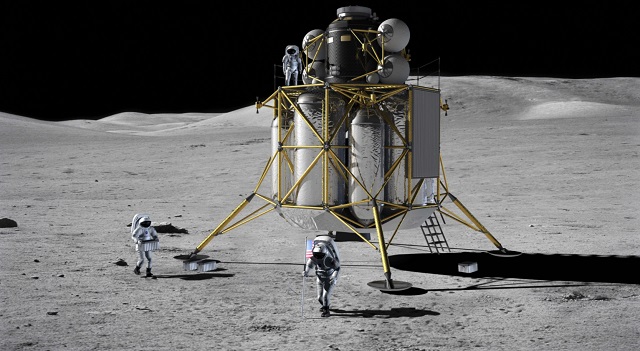
Six years back, designers and engineers from NASA’s Jet Propulsion Laboratory successfully made the Curiosity rover to land on Mars. Currently, the team has decided to challenge themselves with something greater than just landing a rover to Mars. This ultimate challenge comes with moving a Lander with its destination being the moons of Saturn and Jupiter. However, they could not do that alone as they needed to come up with efficient strategies of designing and manufacturing landers that will be moving from planet to planet. To do so, they found it wise to team up with the Autodesk.
In addition to that, the partnership with the Autodesk paid off since they came up with a concept Lander that the public knew about on Tuesday, at the Autodesk University in Las Vegas. The lander was on a basis of applying the generative design technology belonging to the Autodesk team. The ultimate reason for constructing the lander is to come up with a device to withstand the unfavorable harsh conditions of space and has the capability of traveling extraordinary long distances.
Talking of long distances, the Lander is expected to pass via Mars which is 35 million miles away, Jupiter which is 365 million miles away and finally Saturn which is 381 million miles past that. Therefore, for the lander to be successful, several measures took place like ensuring it has enough fuel. In addition to that, the lander has to be lightweight and one that can execute complicated operations in extremely cold temperatures. To make it fully efficient, it must possess ability to withstand the radiation emitted within the different planets.
However, designing the lander was possible with Generative design that helps designers to explore different options for their product designs depending on the constraints to be considered. Talking of the constraints to be considered am talking about the materials to be used, which will determine the product’s weight. The team did an expert job in applying a formula used in a racecar and came up with the structural constraints of the lander that will help it execute its mission.
Disclaimer: The views, suggestions, and opinions expressed here are the sole responsibility of the experts. No A News Week journalist was involved in the writing and production of this article.
